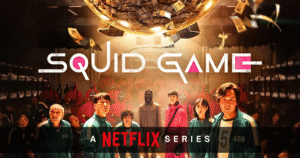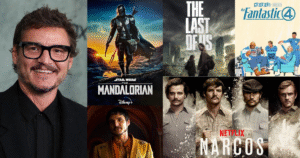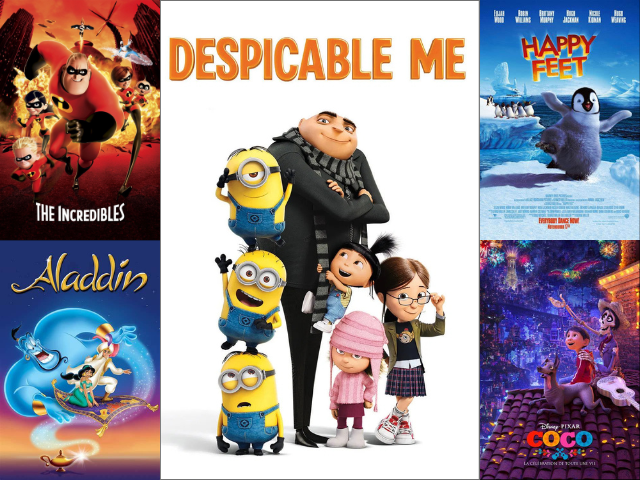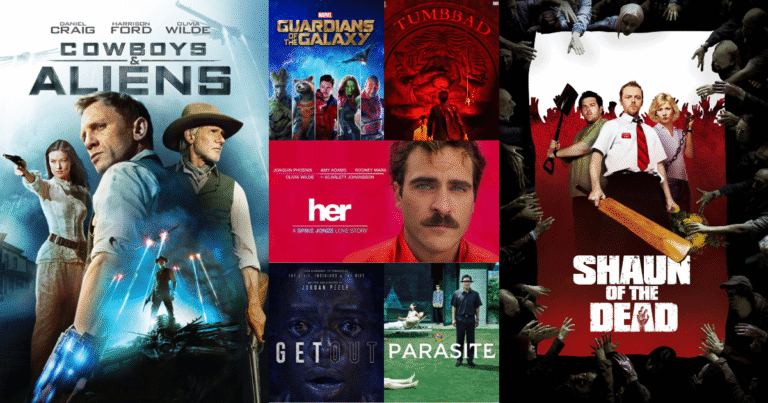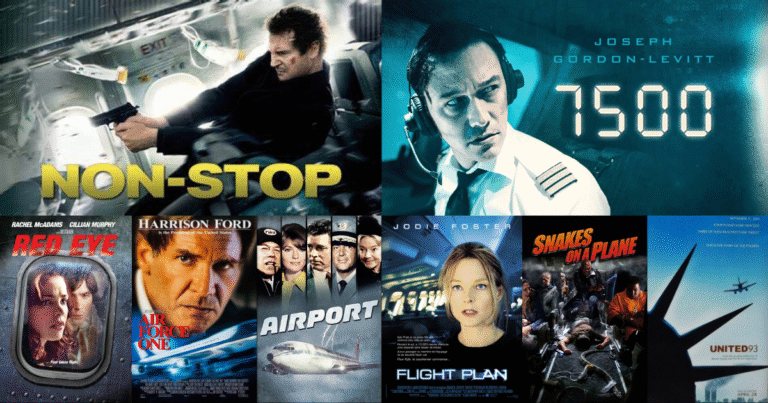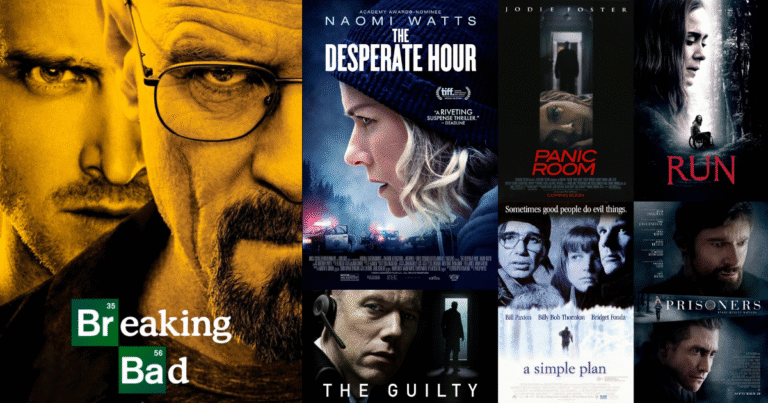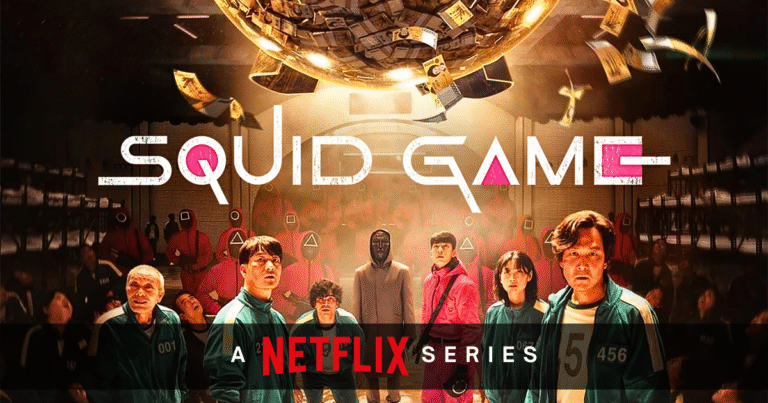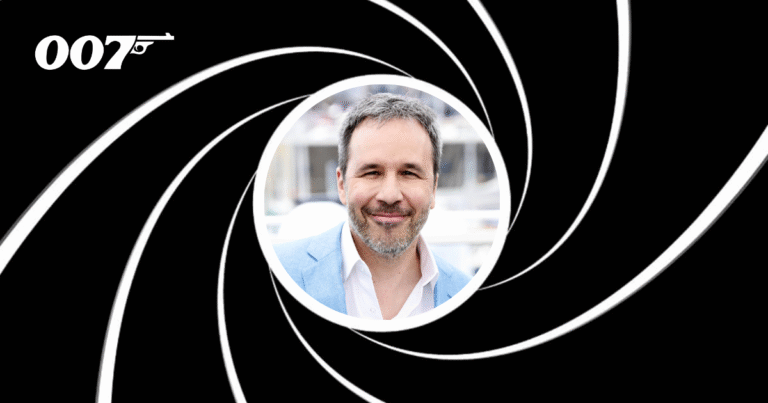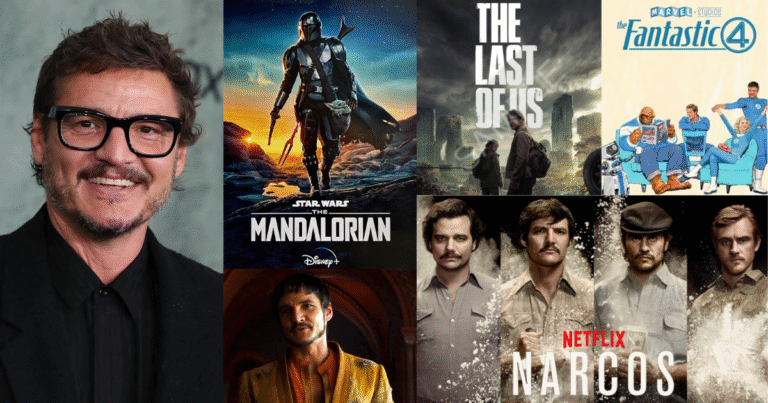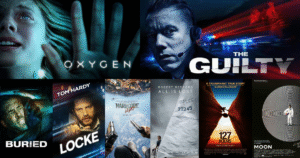When most people hear the words “animated film,” they think of movies made for kids. Colorful characters, funny voices, talking animals, and magical worlds. But animation is much more than that. Animated films are powerful storytelling tools that have touched hearts, broken records, and even changed lives.
In this article, let’s explore why animated films matter, how they’re made, and why they continue to win love across all age groups. Whether it’s Disney, Pixar, Studio Ghibli, or independent creators, animation has carved its place in the world of cinema forever.
What Is an Animated Film?
An animated film is a movie where each frame is drawn or created using computer graphics, instead of being shot live with actors. These frames are played in quick sequence to create motion. Traditional hand-drawn animation, computer-generated imagery (CGI), claymation, and stop-motion are all different styles of animation.
But no matter the style, animated films follow the same goal: telling a good story.
Why Animated Films Are Important
Animated movies are not just for children. They tell deep, emotional stories in creative ways. Think of Up, Inside Out, Spirited Away, or The Lion King. These are films that talk about love, loss, change, courage, and hope.
Many adults cry while watching animated films. That’s because animation removes barriers. It gives us space to feel things we sometimes avoid. Through talking toys or flying castles, these films speak directly to the heart.
Animation Makes Anything Possible
One of the biggest strengths of animated films is imagination. There are no limits to what can be shown. A house can fly with balloons. A rat can become a chef. Monsters can run a factory. A girl can turn into a red panda when she’s stressed.
Animation opens the door to fantasy, but also helps explain big emotions. Take Inside Out, for example. It teaches kids (and adults) about sadness, fear, and joy using colorful characters that live inside a child’s mind. It’s fun, but also educational.
In live-action films, showing such things might look silly. But animation makes it feel real and believable.
How Animated Films Are Made
Making an animated movie is hard work. It takes hundreds of artists, designers, animators, writers, and voice actors to bring the story to life. Some films take three to five years to complete.
Here are a few steps involved:
- Story and Script – Just like any movie, it starts with a strong story.
- Storyboarding – Artists draw a rough version of the story scene by scene.
- Voice Recording – Actors record their dialogues before animation begins.
- Animation – Each frame is created, either by hand or using software.
- Music and Sound Effects – These add emotion and excitement to the scenes.
- Editing – The final film is put together and polished.
It’s a mix of art and technology. And every single second of the film is carefully planned.
Iconic Animated Films That Made History
Let’s look at a few examples that changed how we see animation:
- Toy Story (1995)
This was the first full-length film made entirely with CGI. It proved that animated films could be just as exciting as live-action ones. It also kicked off the success of Pixar. - Spirited Away (2001)
Created by Studio Ghibli in Japan, this film won the Academy Award for Best Animated Feature. It’s a magical journey that explores themes like greed, growing up, and identity. - Frozen (2013)
With its powerful song “Let It Go” and strong female leads, Frozen became a global phenomenon. It also showed that animated princesses don’t always need a prince. - Coco (2017)
Based on Mexican traditions, Coco is about family, memory, and death. It broke cultural barriers and introduced millions to the beauty of Dia de los Muertos.
Why Adults Love Animation Too
Many grown-ups secretly enjoy animated movies. But they don’t have to be shy, there’s nothing childish about it. These films speak to universal truths.
Animated films also provide a break from the real world. They are relaxing, uplifting, and visually stunning. The color, music, and messages stay with us long after the credits roll.
In fact, many animated films deal with deep topics:
- Soul explores life’s purpose and passion.
- WALL-E shows a lonely robot in a world ruined by humans.
- Zootopia talks about bias and discrimination through animals.
These are serious topics, made easier to understand through storytelling and imagination.
The Rise of International Animation
While American studios like Pixar and DreamWorks are well-known, other countries have also created stunning animation.
- Japan is home to Studio Ghibli, known for films like My Neighbor Totoro, Princess Mononoke, and Howl’s Moving Castle.
- France has created beautiful animated films like The Triplets of Belleville and Ernest & Celestine.
- India is growing fast in animation, with studios working on both local and global projects.
Thanks to streaming platforms, people now have access to animated films from all over the world.
Animation and the Future
The future of animation is exciting. With tools like virtual reality (VR), motion capture, and artificial intelligence, storytelling is evolving. But what won’t change is the heart behind the story.
More creators are making animated films for adults. We’re seeing bold, emotional, and even experimental films that explore real-life themes in powerful ways.
Also, animation is no longer just for theaters. It’s popular on YouTube, Netflix, Instagram, and even in video games.
Final Thoughts
Animated films are not just cartoons. They are art. They are stories filled with color, heart, and creativity. They help us understand emotions, explore new worlds, and connect with each other.
Whether you’re five or fifty, animated films have something to offer. They stay with us, teach us, and often change the way we see the world.
So next time someone says animated films are just for kids, remind them of Up, Coco, or Spirited Away. Animation is not a genre, it’s a way of storytelling. And it’s here to stay.
